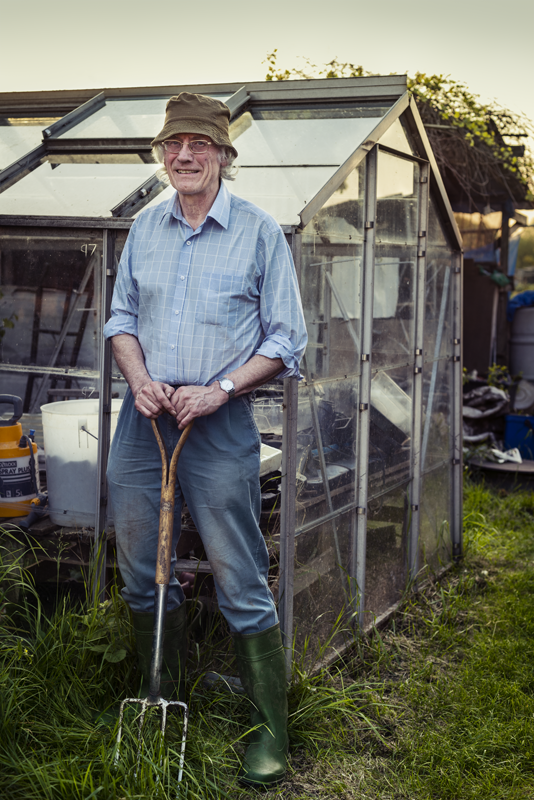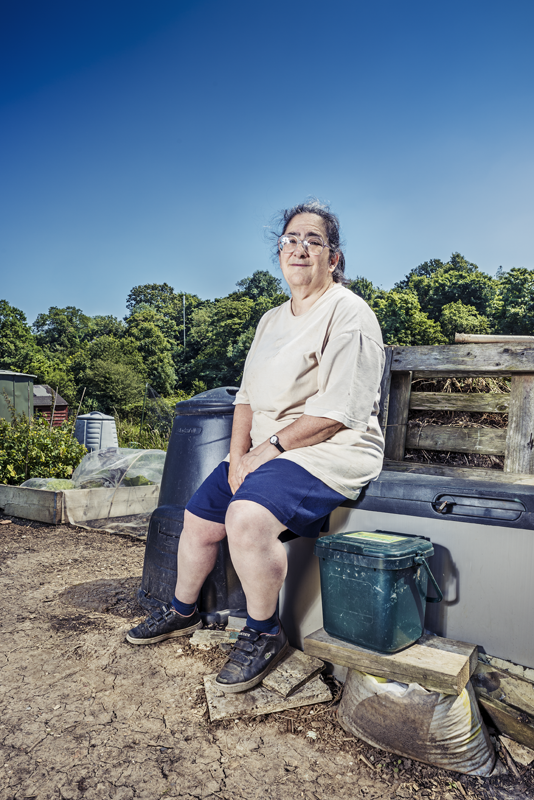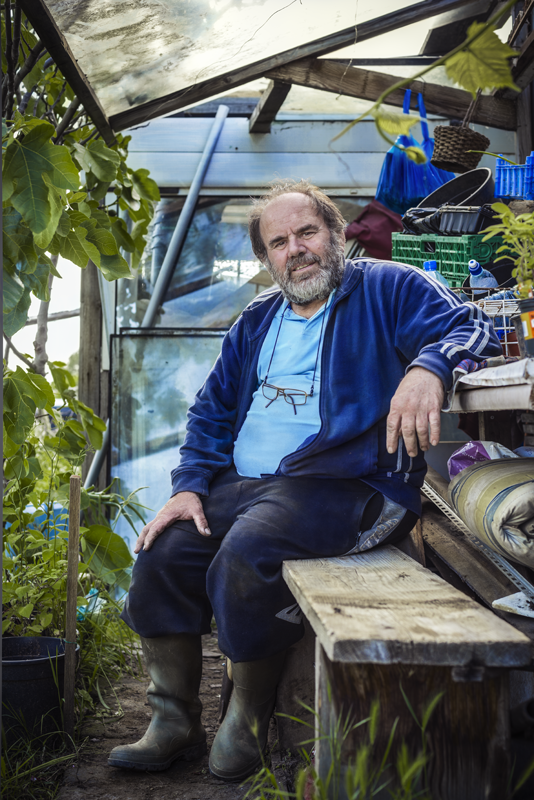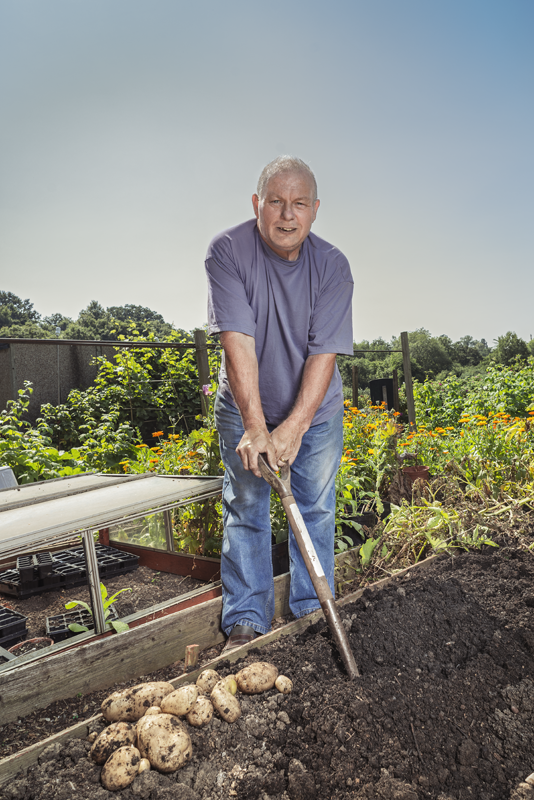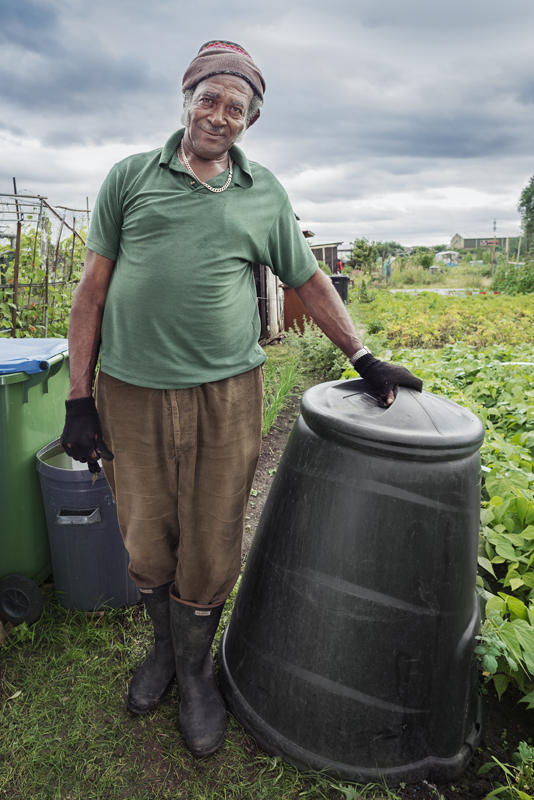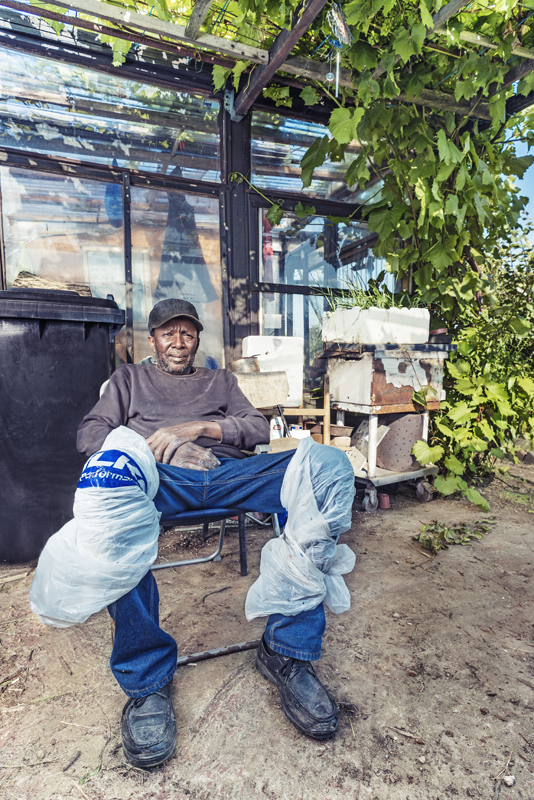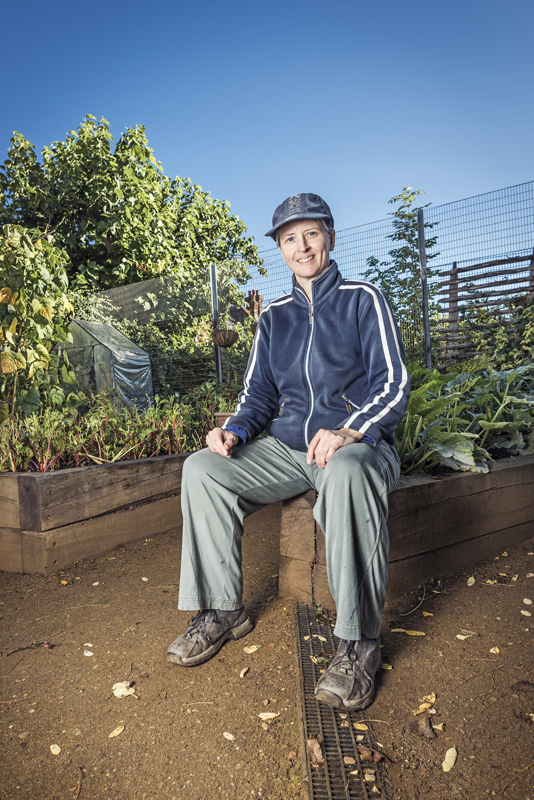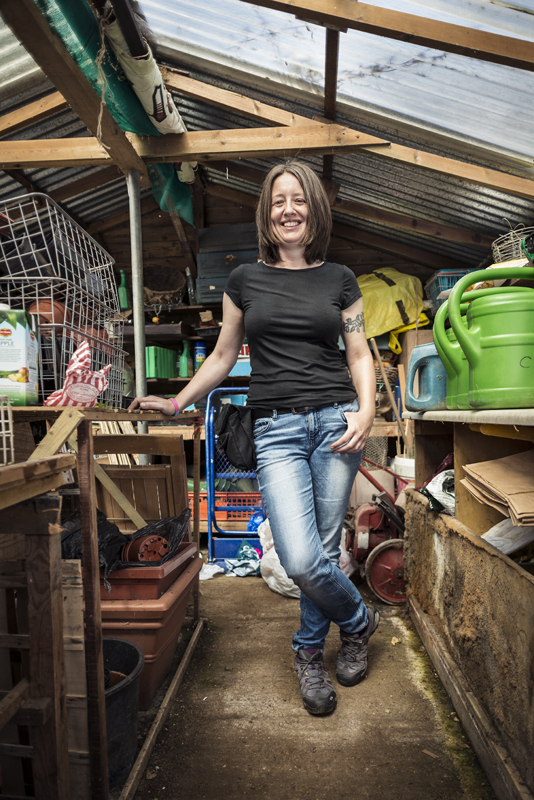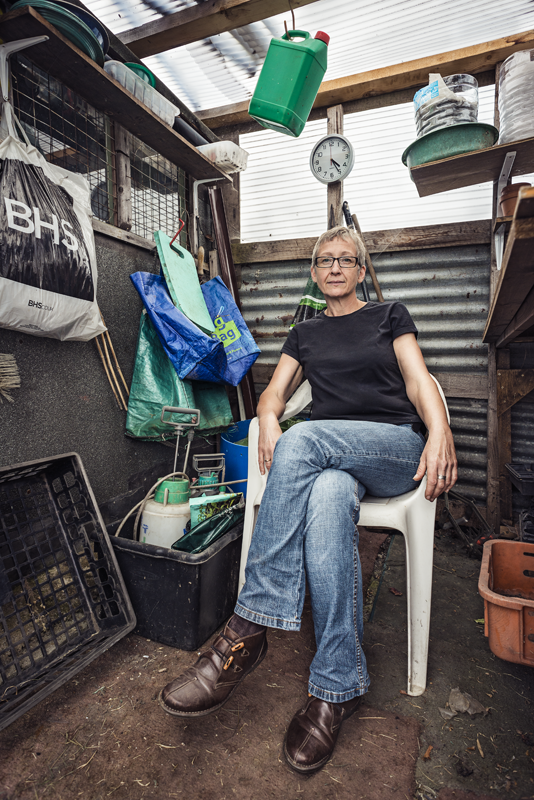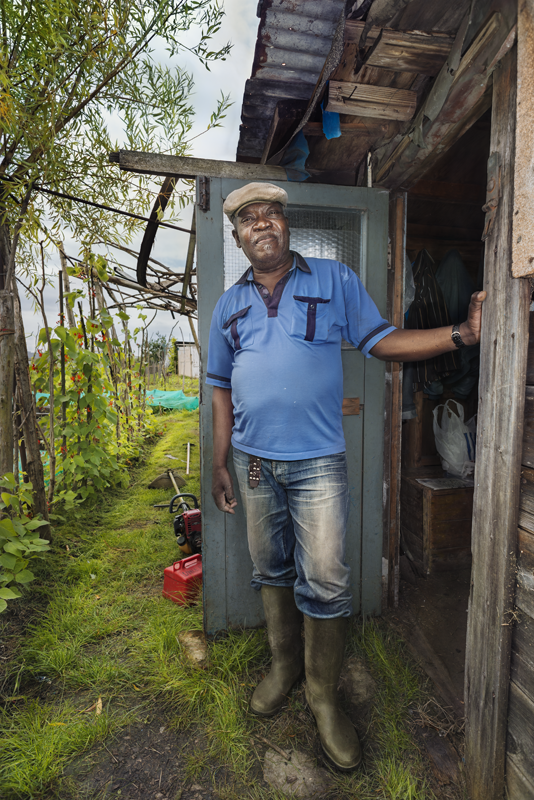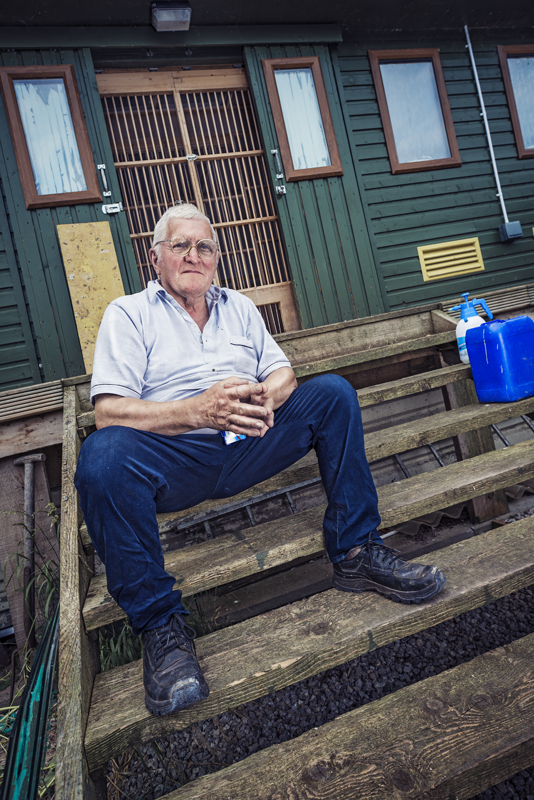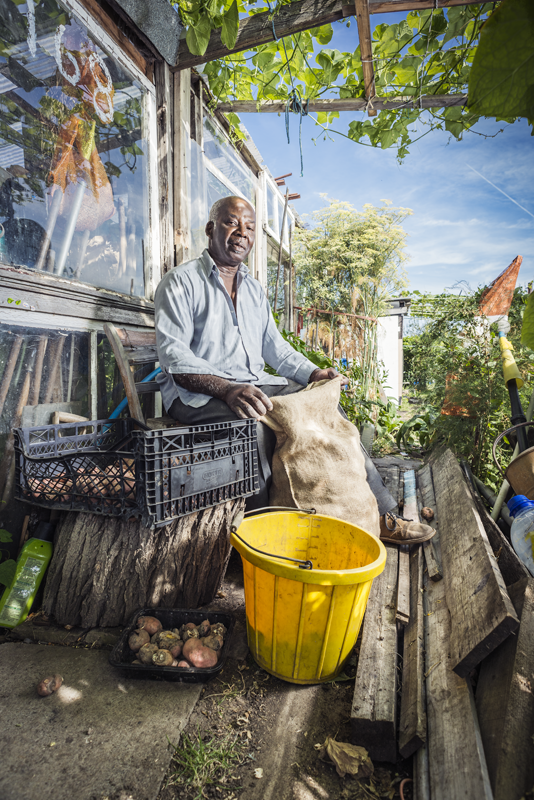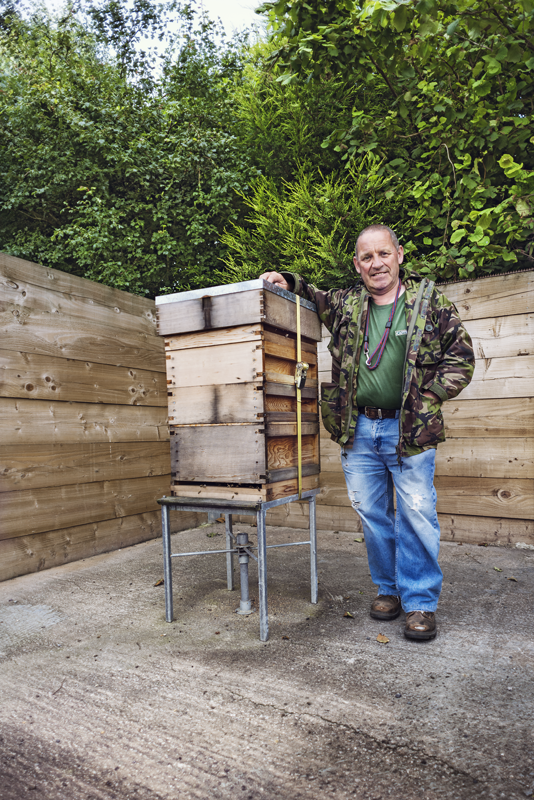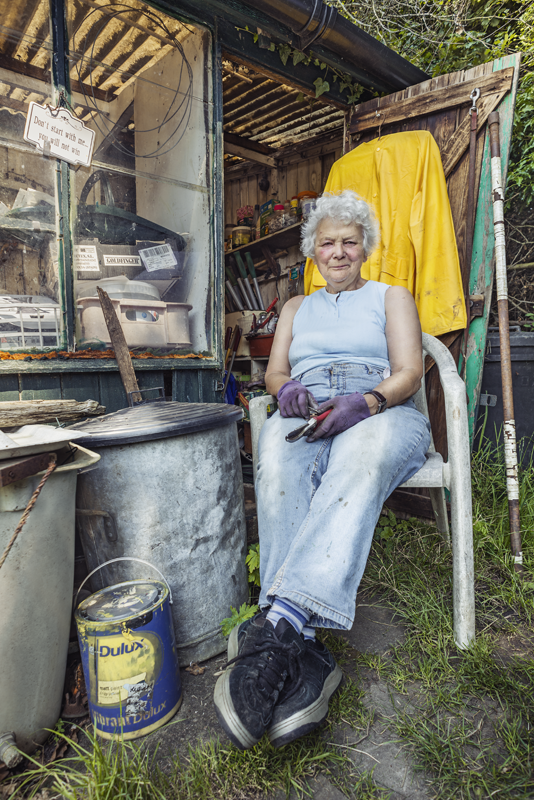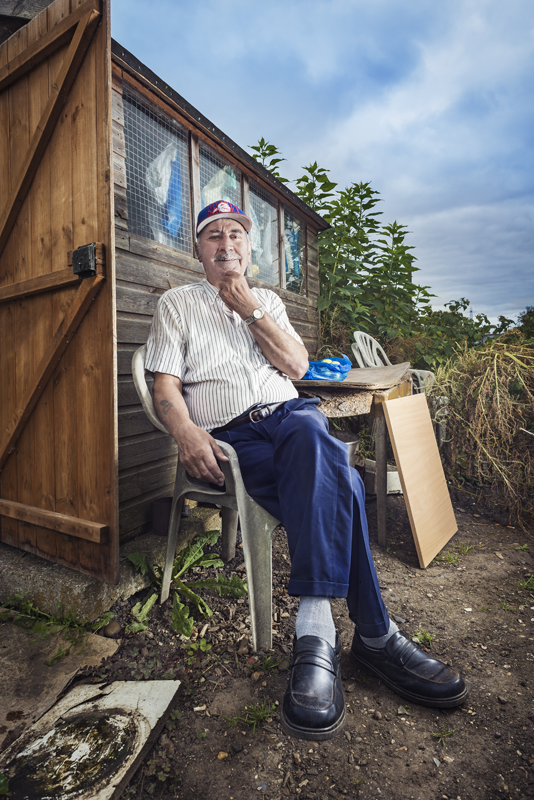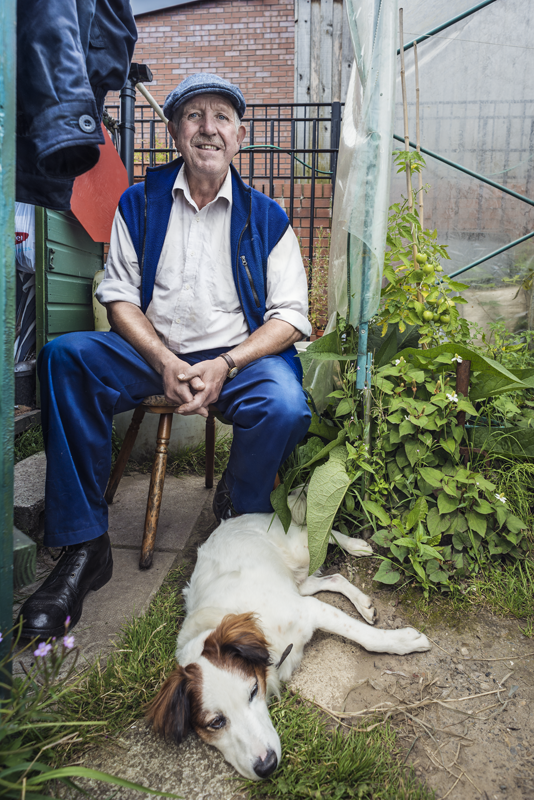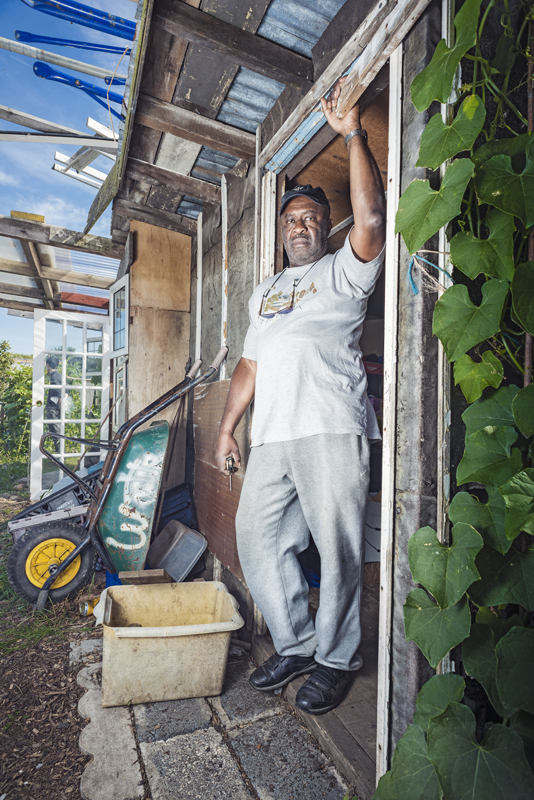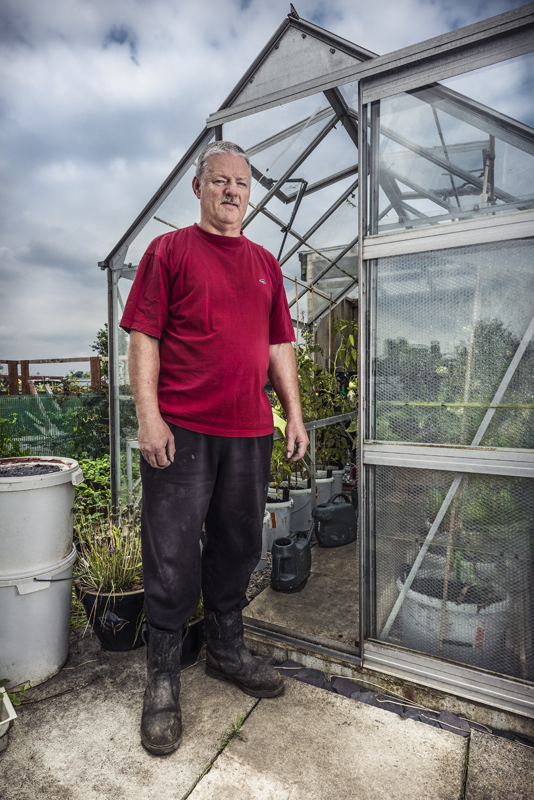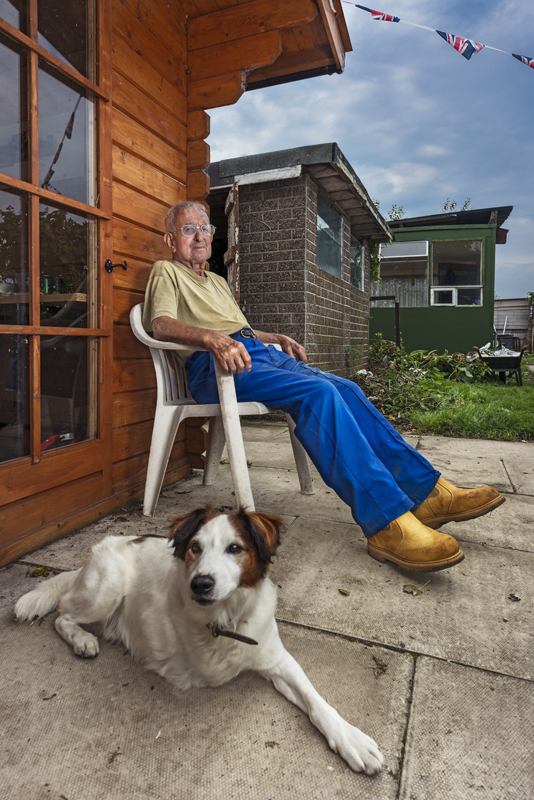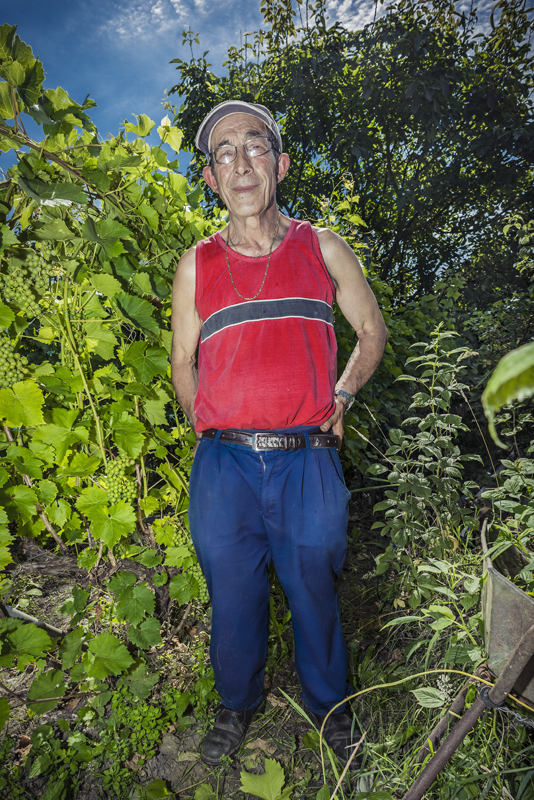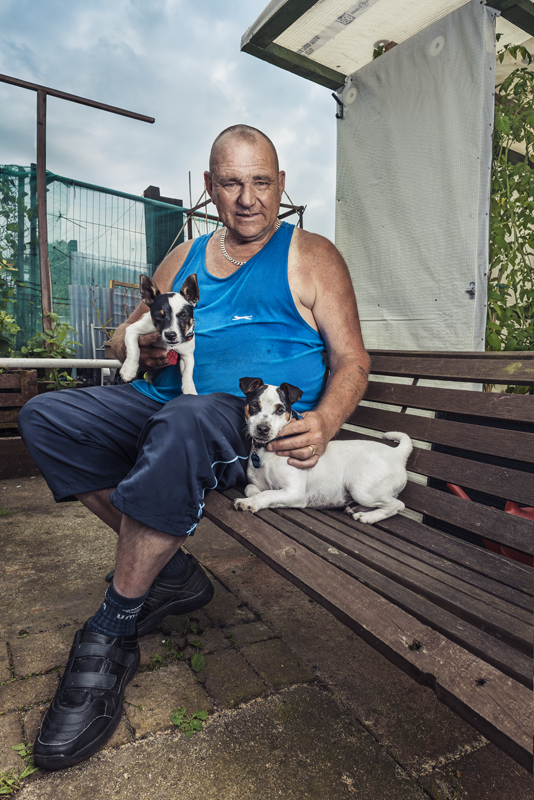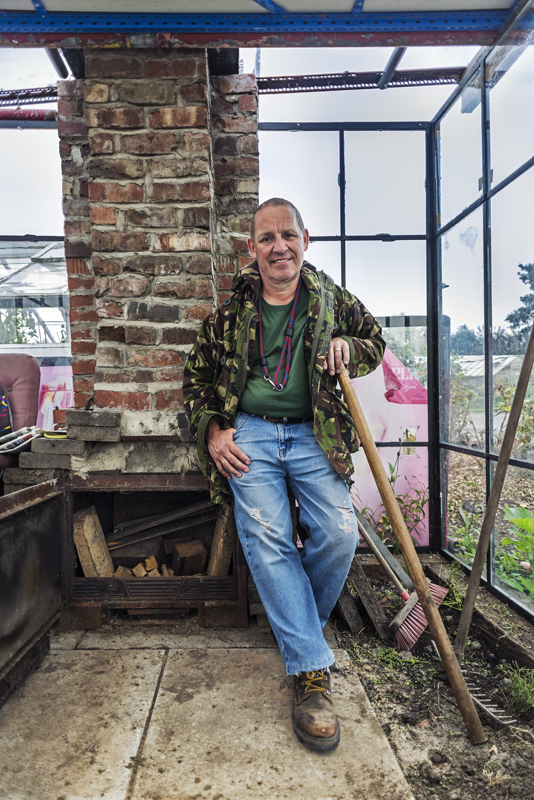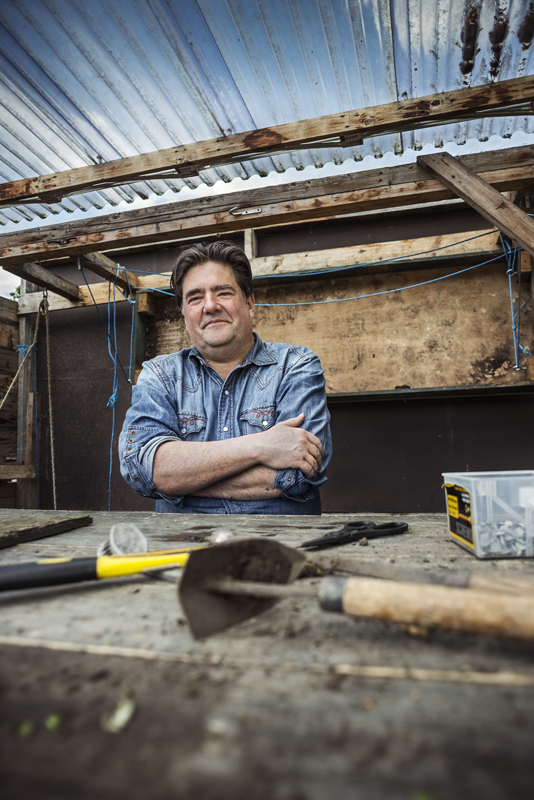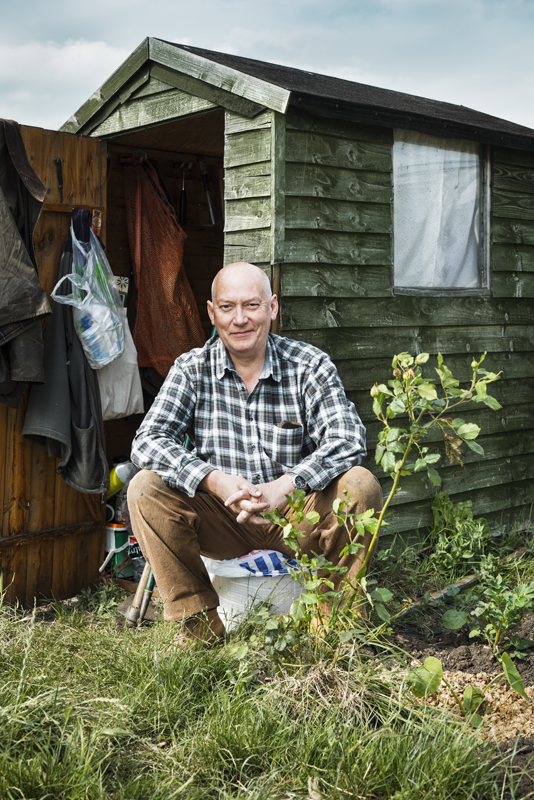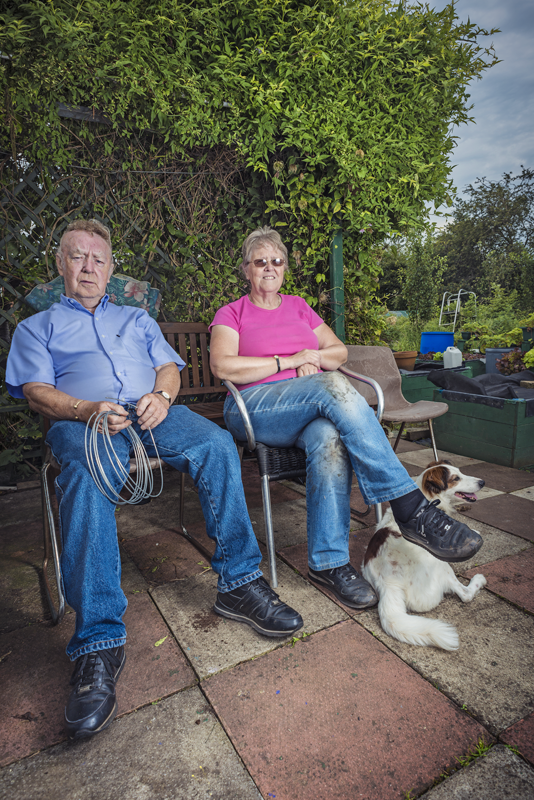Old men, flat caps, wellies and a flask of steaming hot tea. Ramshackled old sheds made of old doors and other pieces of disregarded wood, each plot marked out by its individual number, divided from its neighbour with a path of green grass. These are the images that the word allotment evokes.
Its thought that they date back to the time of the Saxons but it’s a series of The Inclosure Acts passed by Parliament in the 1800′s that defined the allotments as they are known today. There is no standard size to a plot; though the average is around 10 poles, an old measuring unit phased out as part of the metrication process in mid 1960′s. Each site can vary from one site to another not only on plot sizing but also pricing and even rules. With some sites permitting livestock, such as chickens or bees, to other sites not even allowing permanent buildings like sheds or greenhouses to be erected.
Allotment popularity grew during the Great War, as rations towards the end were introduced the government took over land where possible when it felt necessary to do so. One such suitable source for allotments were the grassy verges owned by railway companies and the reason you will often see allotments by railway lines today.
The popularity of the allotment decreased until the Second World War when the need for allotments was even greater, the famous ’Dig for Victory’ campaign was launched and every possible piece of land was taken over, including public parks.
Again their demand began to decline, the rations ended, Britain was to become more self-sufficient as agriculture changed. Better farming machinery, bigger fields as hedgerows were removed and the introduction to pesticides and herbicides meant food was in abundance. Families didn’t want to spend all their free time growing their own food with such convenience, the number of allotments began to dwindle as the increasing demand for building land grow.
Today allotments are very much sought-after once again, it is said the waiting list is roughly 86,787 people for 152,442 plots but numbers could be a lot higher as a survey done in 2011 didn’t include the parish or private allotments and 66% of the authorities didn’t hold waiting list data. As the numbers continue to grow and the demand cannot be met some authorities, such as Hackney, have closed its list after it reached over a 10-year wait for an available plot.
This project documents the Allotment holders in London and Greater Manchester, Looking at the allotment folk of today, the reasons they wanted to take on an allotment, how long they’ve been working a plot and how long they waited on the list.[/text_output]
I am text block. Click edit button to change this text. Lorem ipsum dolor sit amet, consectetur adipiscing elit. Ut elit tellus, luctus nec ullamcorper mattis, pulvinar dapibus leo.
